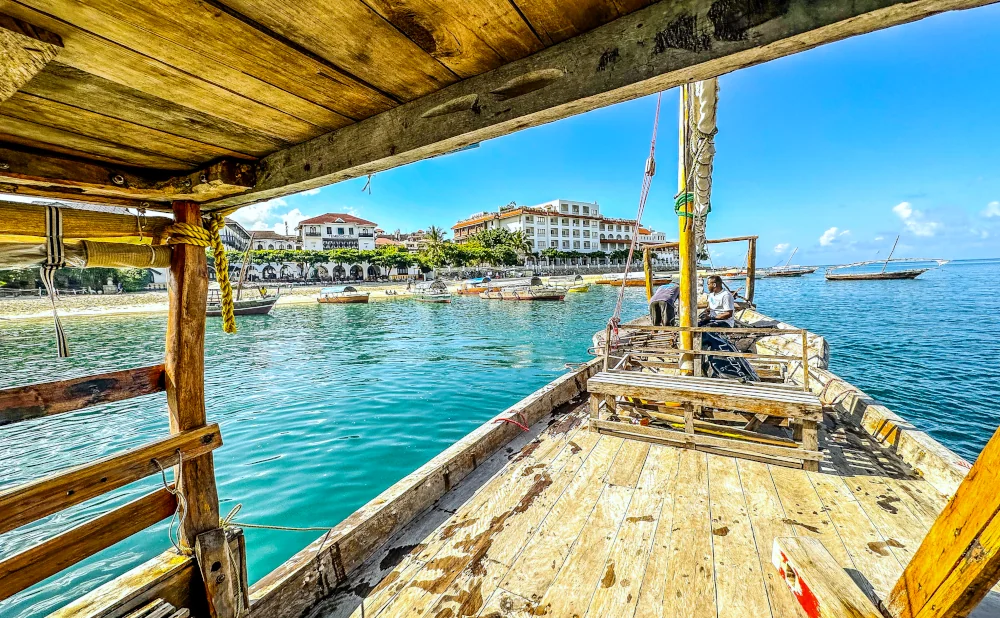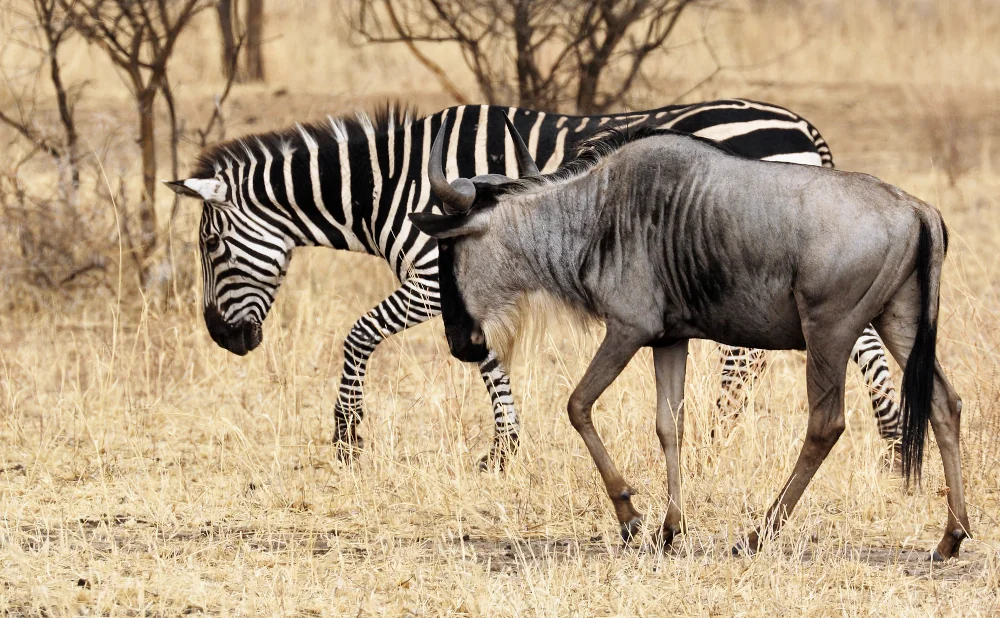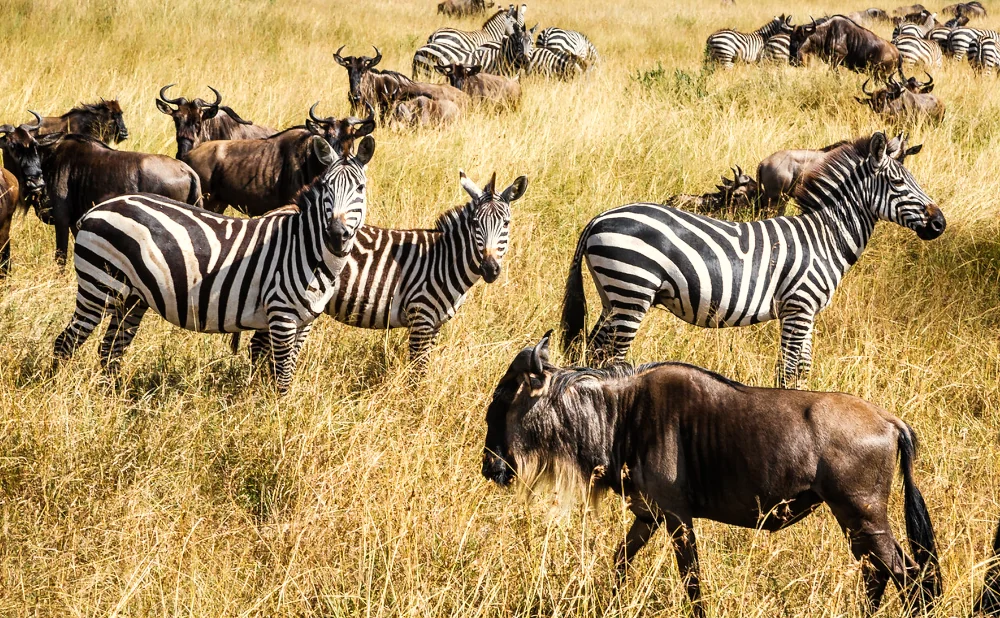base camp mt kilimanjaro
Mount Kilimanjaro, the highest peak in Africa, is a beacon for adventurers worldwide.
Its base camp serves as a crucial stopover for climbers, offering a chance to acclimatize before the final ascent.
In this guide, we delve into the details of the base camp at Mount Kilimanjaro. We'll explore the various routes to reach it, what to expect during the hike, and tips for a successful journey.
Whether you're an experienced climber or planning your first mountain trek, this guide will equip you with the knowledge you need.
Understanding Base Camp at Mount Kilimanjaro
In the context of mountain climbing, a base camp is a temporary setup where climbers rest, acclimatize, and prepare for their summit attempt.
On Mount Kilimanjaro, the base camp is a significant milestone. It's the last stop before the final push to the peak.
The base camp's location varies depending on the chosen route. For instance, on the Marangu route, Kibo Hut serves as the base camp.
Regardless of the route, reaching the base camp is a significant achievement. It's a testament to the climber's endurance and determination.
In the following sections, we'll explore the different routes to the base camp and what climbers can expect on their journey.
Routes to Base Camp: Choosing Your Path
Mount Kilimanjaro offers several routes to reach the base camp. Each route has its unique features, difficulty levels, and scenic views.
The choice of route depends on the climber's experience, fitness level, and personal preferences.
The main routes to the base camp are:
Marangu
Machame
Lemosho
Rongai
Let's explore each of these routes in detail.
Marangu Route: The "Coca-Cola" Path
The Marangu route, also known as the "Coca-Cola" path, is the most popular route to Kilimanjaro's base camp.
It's considered the easiest route, with a well-defined path and comfortable huts for accommodation.
However, its success rate is not the highest due to the relatively fast ascent.
Machame Route: The "Whiskey" Trail
The Machame route, known as the "Whiskey" trail, is more challenging but also more scenic than the Marangu route.
It offers a better acclimatization profile, increasing the chances of reaching the summit.
However, it's steeper and requires a higher level of fitness.
Lemosho Route: Scenic and Remote
The Lemosho route is a longer, more remote path with stunning views.
It starts on the western side of the mountain and joins the Machame route midway.
The Lemosho route offers excellent acclimatization and a high success rate.
Rongai Route: The Quiet Approach
The Rongai route is the only path that approaches Kilimanjaro from the north, close to the Kenyan border.
It's a quieter route, offering a more solitary experience.
The Rongai route is relatively easy, but it doesn't offer as much acclimatization as the Lemosho or Machame routes.
Preparing for Your Hike: Tips and Essentials
Hiking to the base camp of Mount Kilimanjaro is a significant undertaking. It requires careful preparation and planning.
Physical fitness is crucial. Regular cardio exercises, strength training, and hiking practice should be part of your pre-hike routine.
Mental preparation is equally important. Be ready for the challenges of high altitude and changing weather conditions.
Packing the right gear is essential. Your packing list should include:
Warm clothing
Hiking boots
Rain gear
Sun protection
Hydration equipment
Snacks
Remember, the weather on Kilimanjaro can be unpredictable. Dress in layers to adjust to changing temperatures.
Hydration and nutrition are key. Drink plenty of water and eat high-energy foods to maintain your strength.
Acclimatization is crucial. Take your time, move slowly, and allow your body to adjust to the altitude.
Finally, always listen to your guide. They have the experience and knowledge to ensure a safe and successful hike.
Life at Base Camp: What to Expect
Life at the base camp of Mount Kilimanjaro is a unique experience. It's a bustling hub of activity, with climbers preparing for the ascent or resting after the descent.
Accommodation is basic but comfortable. You'll likely be sleeping in a tent, with meals prepared by your support team.
The atmosphere is one of camaraderie. Climbers from around the world share stories, tips, and encouragement.
Despite the challenges, the sense of anticipation is palpable. The base camp is the last stop before the final push to the summit.
Remember, the journey is as important as the destination. Take time to soak in the experience.
Acclimatization and Altitude Sickness: Staying Safe
Acclimatization is crucial when climbing Mount Kilimanjaro. It helps your body adjust to the decreasing oxygen levels.
Altitude sickness is a common concern. Symptoms include headaches, nausea, and fatigue. It's important to monitor your health closely.
Remember, 'pole pole' (slowly, slowly) is the mantra. Take your time, stay hydrated, and communicate any discomfort to your guide.
The Final Ascent: From Base Camp to Uhuru Peak
The final ascent is the most challenging part of the hike. It usually begins in the early hours of the morning.
The goal is to reach Uhuru Peak at sunrise. The view is breathtaking and worth every step.
The sense of accomplishment is overwhelming. You've made it to the highest point in Africa.
Remember, the descent is equally important. Take it slow to prevent altitude sickness.
Preserving Kilimanjaro: Responsible Climbing Practices
Mount Kilimanjaro is a precious natural resource. It's our duty to protect it.
Adopt the 'leave no trace' principle. Carry out all trash and respect the flora and fauna.
Support local economy by hiring local guides and porters. They are invaluable to your journey.
Choose tour operators who follow sustainable practices. Your choices can make a difference.
Remember, "Kilimanjaro is ours to enjoy and protect." Let's keep it pristine for future generations.











